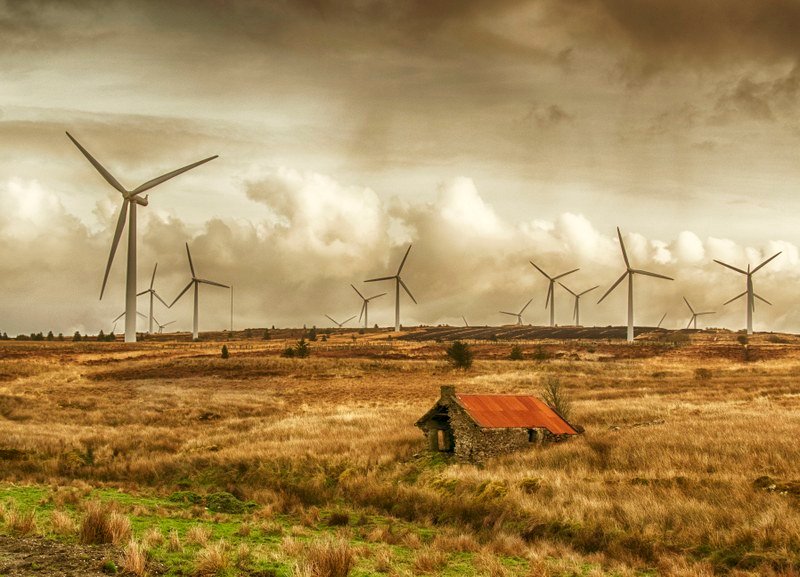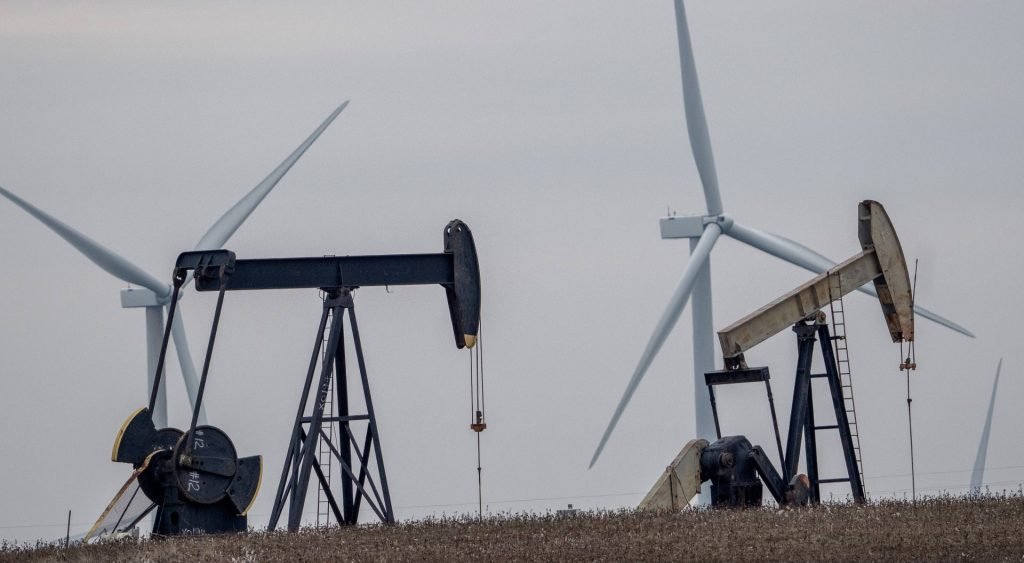A new report from the European Environment Agency (EEA) emphasizes the need for the European Union to scale up renewable electricity sources to lower generation costs, enhance energy independence, and transition to a cleaner industrial landscape. The report, titled ‘Renewables, electrification and flexibility — for a competitive EU energy system transformation by 2030’, highlights that while the EU has made significant strides in reducing CO2 emissions from electricity production, progress in decarbonizing heating and transport has lagged.
The report notes that in 2022, the EU’s energy import bill surged to 4% of GDP, primarily due to rising gas prices. Transitioning to renewable energy, particularly solar and wind, is identified as a sustainable solution to bolster energy independence. By increasing investments in domestic renewable generation and enhancing energy efficiency, EU member states can reduce reliance on fluctuating fossil fuel imports and embrace cleaner energy alternatives.
According to the EEA, if the EU meets its 2030 benchmarks for renewables and energy efficiency, variable electricity generation costs could decrease by up to 57% from 2023 levels. This shift is expected to lead to lower consumer prices in the long run, although initial investment in a flexible grid may offset some savings.
To fully realize these benefits, the report outlines three critical priorities:
1. **Increasing renewable capacity:** The EU must raise its renewable electricity capacity to 77% of total installed capacity by 2030, up from over 50% today. This requires attractive fiscal and regulatory frameworks to encourage immediate investment. 2. **Enhancing system flexibility:** The EU needs to rapidly scale up smart grids, demand response systems, and energy storage solutions to ensure a balanced energy supply. 3. **Fostering EU-wide cooperation:** Cross-border collaboration on infrastructure and planning can help mitigate regional disparities, enhance system efficiency, and strengthen the overall resilience of Europe’s energy landscape. The report also stresses the urgency of electrifying heating and industrial processes, utilizing heat pumps and retrofitting inefficient buildings to phase out fossil fuels. The EU Emissions Trading System is expected to incentivize further reductions in emissions from industrial sources.
In transportation, promoting electric vehicle adoption alongside infrastructure improvements for walking, cycling, and public transit will facilitate decarbonization and yield consumer savings. The report encourages member states to align their policy and technology initiatives, including harmonizing tax systems and phasing out fossil fuel subsidies, which reached unprecedented levels in 2022 and 2023.
To reverse stagnation in electrification by 2030, the EU must provide clearer economic signals throughout the energy system. Comprehensive policy packages, alongside pricing signals, will guide consumer decisions in building upgrades and transport choices.
With these strategies in place, the EU can strengthen its energy independence, stabilize energy prices, and ensure a competitive edge in the global market.




